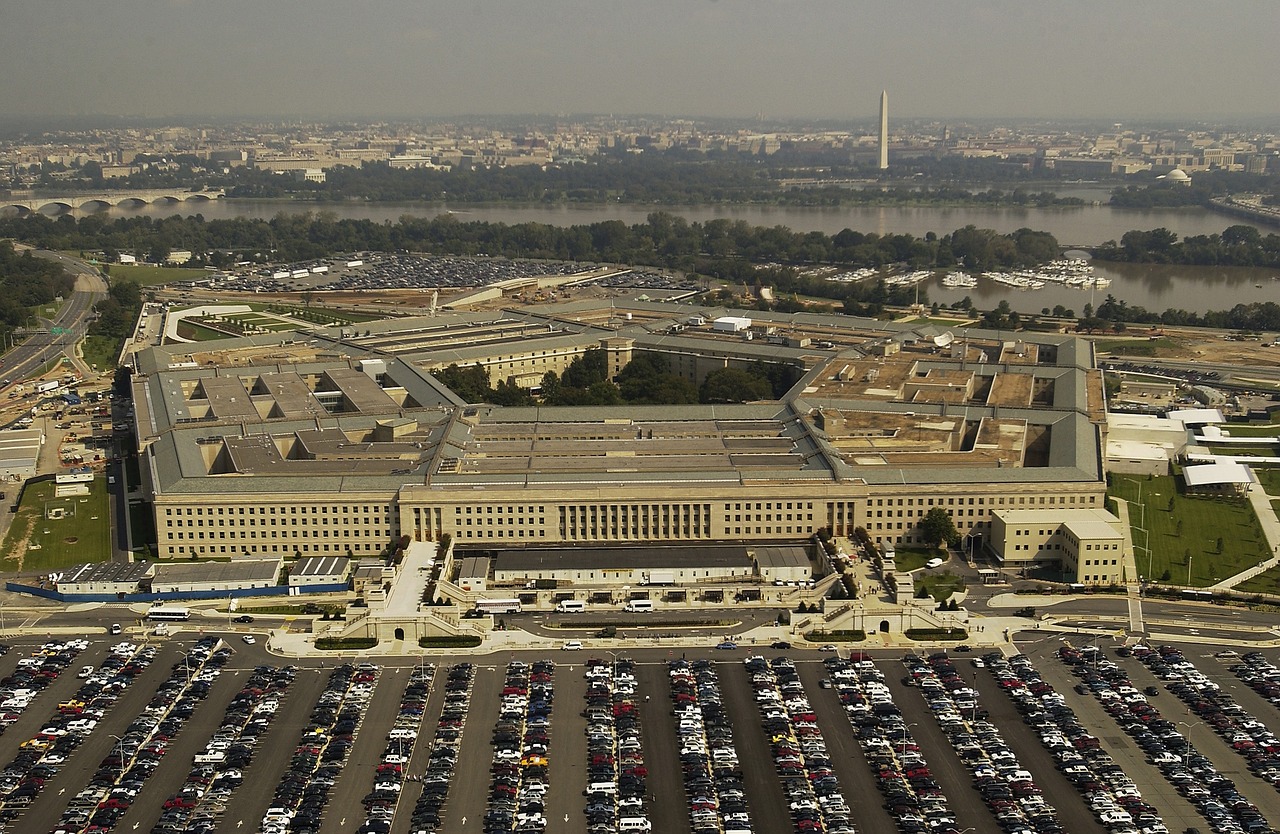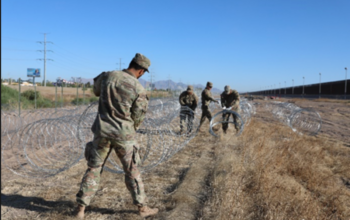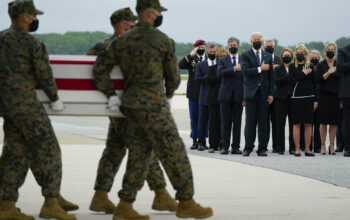The U.S. Army is reducing its force size by approximately 24,000 personnel, constituting nearly 5%, and reorganizing to enhance its preparedness for future major conflicts. This decision comes as the Army faces challenges in recruiting, leading to vacancies that cannot be filled with sufficient soldiers.
The majority of the cuts will affect vacant positions, particularly those associated with counter-insurgency efforts that were prominent during the Iraq and Afghanistan conflicts but are less relevant today. Approximately 3,000 of the reductions will impact Army special operations forces.
Simultaneously, the restructuring plan will involve adding approximately 7,500 troops to critical missions such as air defense, counter-drone operations, and the establishment of five new task forces worldwide, equipped with enhanced cyber capabilities, intelligence assets, and long-range strike capabilities.
According to a document from the Army, the current structure is deemed “significantly overstructured,” with insufficient personnel to fill existing units. The cuts are described as eliminating “spaces” rather than reducing the number of active-duty soldiers, and there are no plans to involuntarily separate soldiers from the force.
The Army has faced challenges in filling thousands of vacant positions for years, despite having a potential force size of up to 494,000 soldiers. Currently, the active-duty soldier count stands at approximately 445,000. The goal under the new plan is to increase the force to around 470,000 over the next five years.
This restructuring follows two decades of extensive military engagement in Iraq and Afghanistan, during which the Army rapidly expanded to meet deployment demands. With a shift in focus towards great power competition against adversaries like China and Russia, as well as threats from Iran and North Korea, there is an increased emphasis on air defense systems and advanced technological capabilities to counter airborne and sea-based drones, highlighted by recent conflicts such as the war in Ukraine.

















